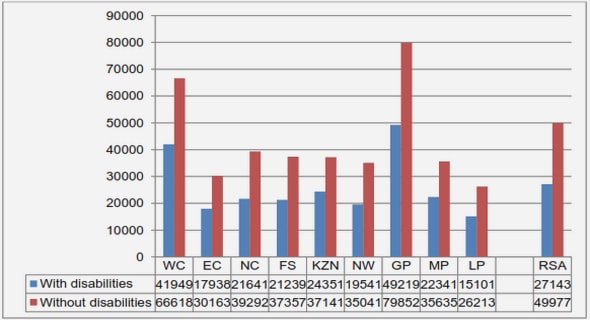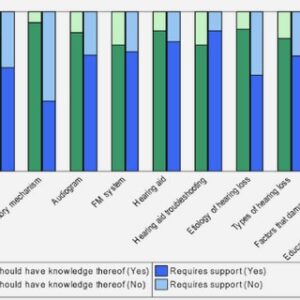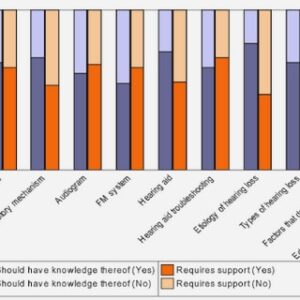(Downloads - 0)
For more info about our services contact : help@bestpfe.com
Table of contents
Introduction
1 The notion of system in the present work
2 Vulnerability. Dissertation’s working definition
3 Vulnerability, systems and scales
4 Approach to vulnerability assessment
5 From vulnerability assessment to flood damage assessment
6 Modeling method
Research questions & dissertation outline
1 From the bottom up: Agent-Based modeling
1.1 The Agent-Based Model
1.2 The advantages of the Agent-Based Modeling
1.3 The drawbacks of the Agent-Based Modeling
1.4 Balancing the pros and cons of ABMs for the purpose of this dissertation
1.5 Implementation of an Agent-Based Model upon study cases
2 The COOPER model
The COOPER metamodel
2.1 Study case
2.2 The cooperative winemaking system (CWS)
2.3 The cooperative winemaking system (CWS): geographical aspects .
2.4 The cooperative winemaking system (CWS): analysis of the production
2.5 The cooperative winemaking system (CWS) in face of flood hazards
2.6 Overview of key hypotheses retained
The COOPER agent-based model
2.7 Purpose
2.8 Model conceptualization and design concepts
2.9 Entities, state variables, and scales
2.10 Process overview and scheduling
2.11 Submodels: flood impacts
2.12 Output
2.13 Model calibration
2.14 Initialization
The COOPER ABM. Financial analysis: extra hypotheses and model modifications
2.15 Overview of changes in relation to hypotheses
2.16 Process overview and scheduling
2.17 Submodels: flood impacts
2.18 Output
2.19 Initialization
3 Results I: system level
3.1 General discussion of results obtained
3.2 Article: Are interactions between economic entities determinant for the estimation of flood damage of complex productive systems? Insights from a micro modelling approach applied to wine cooperative system .
3.3 Homogeneous distribution, assuming every farm opts for the internal coping tactic
3.4 homogeneous distribution, comparison of internal and external coping tactics
3.5 Internal coping tactic. Comparison of configurations of interactions
3.6 External coping tactic. Comparison of configurations of interactions
4 Results II: from individual to system level
4.1 General discussion of results obtained
4.2 Article: Floods, interactions and financial distress: testing the financial viability of individual farms in complex productive systems and its implications for the performance of the system
4.3 Coping tactic
4.4 Variations in the configurations of links between elements within the system
5 Discussion, conclusion and perspectives
5.1 Summary and conclusions
5.2 Perspectives and further research
Appendices
A Resilience: Where does it fit?
B Case dependency in vulnerability and damage assessment. Analytical example
B.1 Case dependency of vulnerability assessments in hierarchical complex systems
B.2 Case dependency and influence of topology in flood impact assessment
C Wine classification
C.1 Before 2009
C.2 After 2009
D Complete list of stylized facts about the cooperative winemaking system
D.1 The Cooperative winemaking system (CWS)
D.2 The CWS in face of flood hazards
E Model implementation
E.1 Model implementation
E.2 Flowchart symbols cheat sheet
F Flood impacts. Technical cards
F.1 Brief explanation of the contents of the annex
F.2 Damages in soils
F.3 Damages in plants
F.4 Damages in harvest due to floods
F.5 Damages in harvest due to plant destruction
F.6 Damages in farm buildings and materials
F.7 Damages in harvest due to damages in farms
F.8 Impacts on vinegrowing cost
F.9 Damages in winery’s buildings and materials
F.10 Damages in harvest due to damages in winery
F.11 Impacts on winemaking cost
G Model data sources
H Resumé de la thèse en français Introduction
H.1 La notion de système dans ce travail
H.2 Vulnérabilité. Définition utilisé
H.3 Vulnérabilité, systèmes et échelles
H.4 Approche de l’évaluation de la vulnérabilité
H.5 De l’évaluation de la vulnérabilité à l’évaluation des dommages causés par les inondations
H.6 Méthode de modélisation
H.7 Plan de thèse
H.1 Aperçu général
H.2 Brève description du processus de production opérationnel
H.3 Brève description du processus d’investissement-financement
H.4 Brève description des autres variables intervenantes
H.5 Procédure de simulation, procédure d’inondation et impacts des inondations
H.6 Analyse financière
Resultats I
H.1 Discussion générale sur les résultats obtenus Resultats II
H.1 Discussion générale sur les résultats obtenus
Discussion et conclusion
H.1 Résumé et conclusions
H.2 Perspectives de recherche
Bibliography




